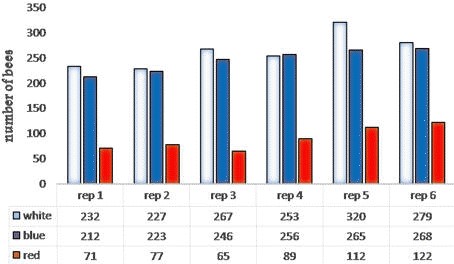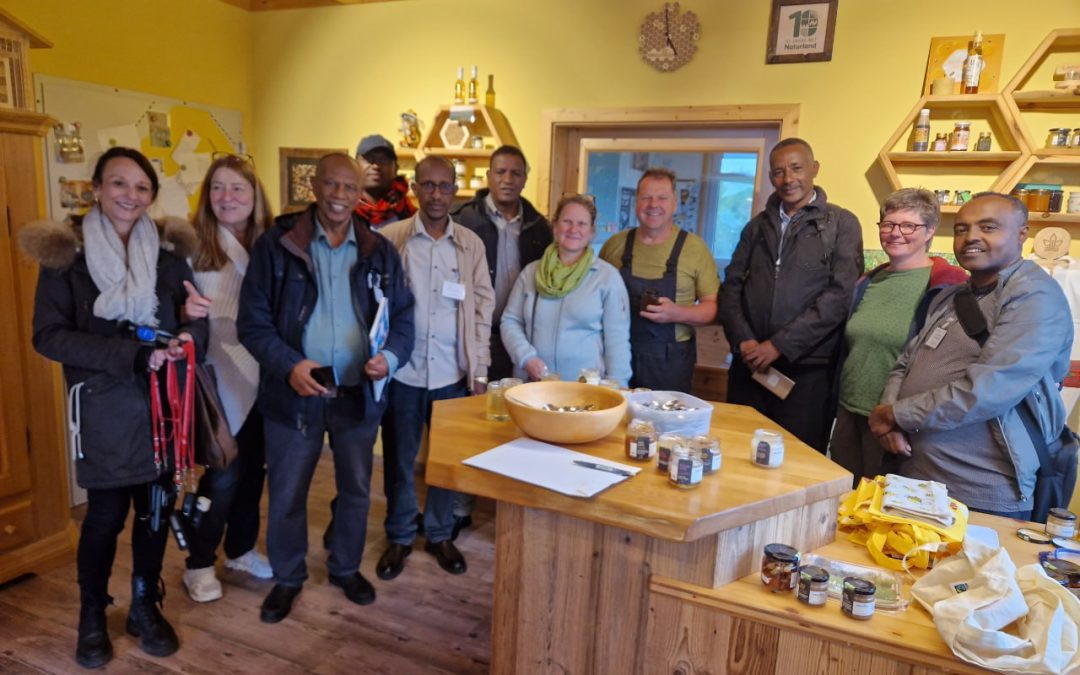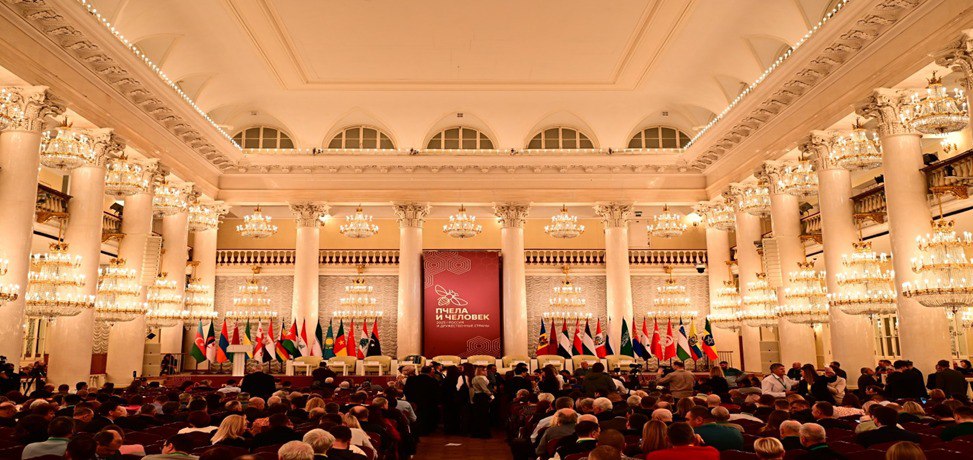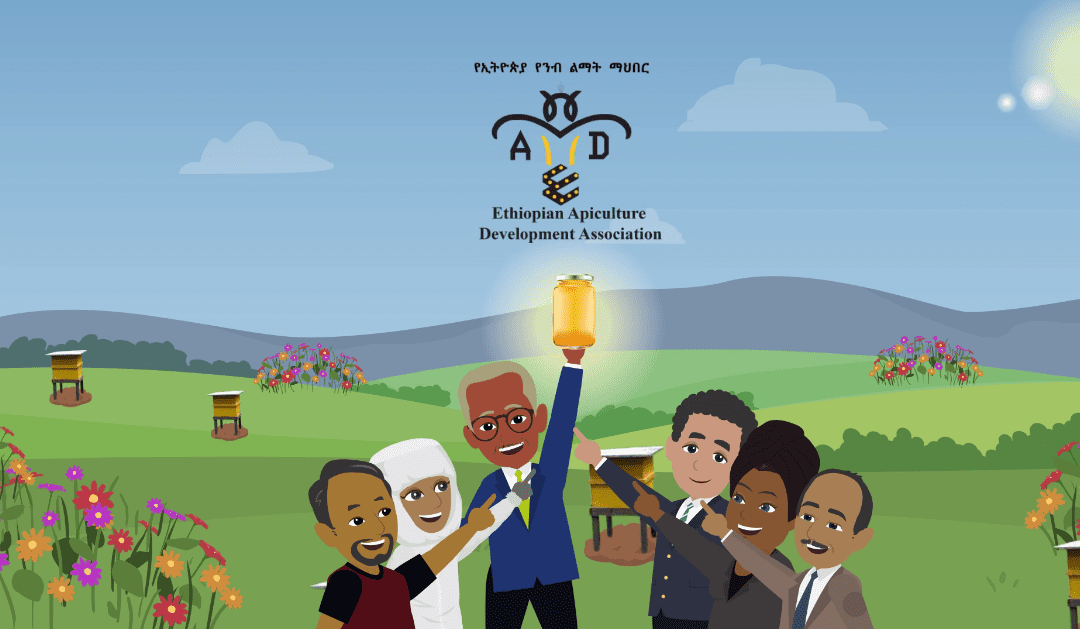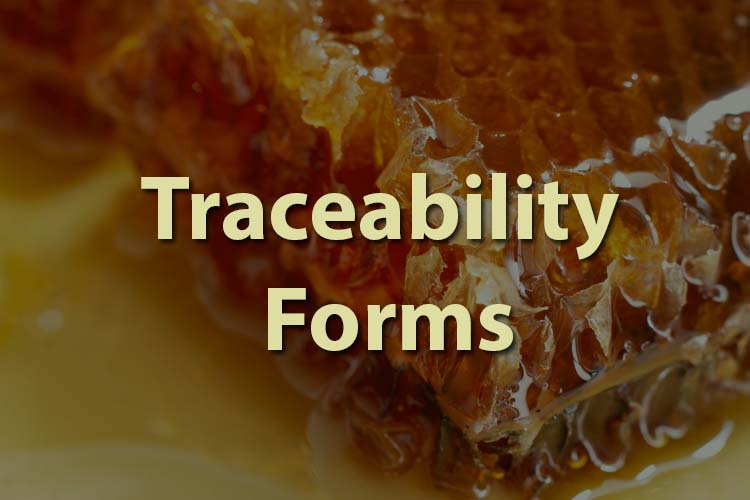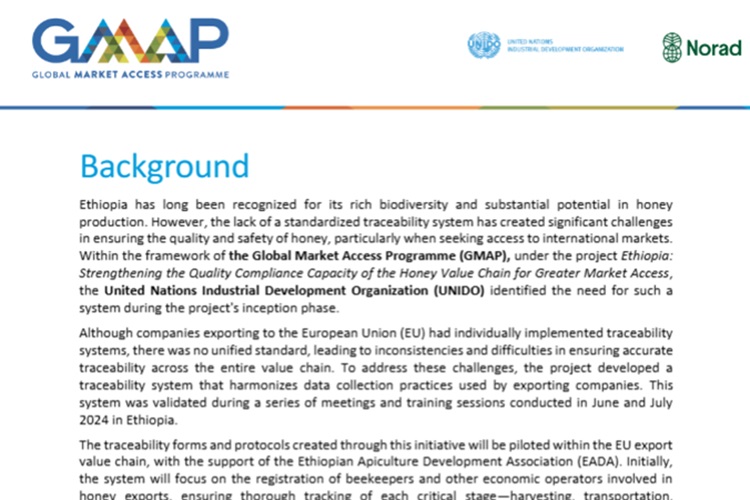Red-light source during colony inspection in the dark
In most parts of the tropics and especially Africa, beekeeping activities that involve opening a bee hive are carried out at night. Internal inspection during the day is difficult due to the aggressive behavior of African bees. Most beekeepers therefore undertake internal inspection of their colonies early in the morning or late in the evening when temperatures are cooler and the bees are relatively calm, less defensive, and easier to manipulate. Torchlight plays an important part during colony inspection and honey harvesting at night.
The challenge in the use of ordinary white light is that bees are attracted to lights at night in high numbers to sections of the hive where the light is shown. A beekeeper applies smoke to move bees away but the bees return to the illuminated area. In some cases, angry bees will sting the gloves of the person carrying the torch /white light/. A possible solution to this challenge is the fact that bees do not see red light.
By testing ordinary white light and modified red light, the use of modified red light during night-time honeybee colony inspection is found to be the answer.
As indicated in the result, the number of Apis mellifera bandansii worker bees attracted to white and red light within a period of five minutes when their colony was disturbed at night has shown a significant difference. As a recommendation: The use of a modified red light emitting battery/ light source/ during nighttime colony inspection
• Reduces the bee sting and the death of worker bees
• Improves the safety of beekeepers,
• Reduces the volume of smoke used and
• Enhances the quality of honey,
Using a modified red color emitting battery during nighttime internal honeybee colony inspection in different hives reduces the number of stinging worker bees being attracted to the light source, calms aggressive bees, avoids excessive use of smoke, reduces the smoky odor of honey, and reduces contamination of honey with microscopic soot.
